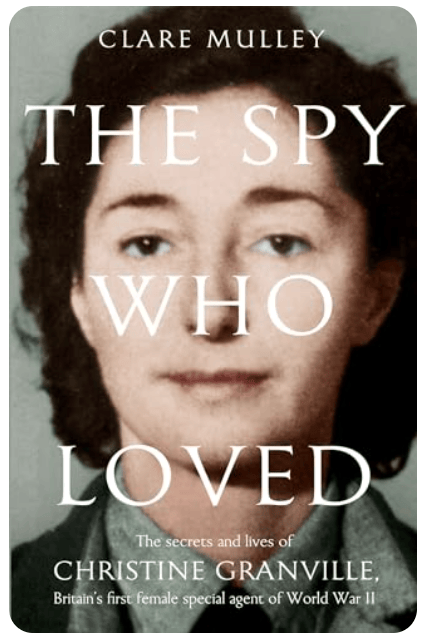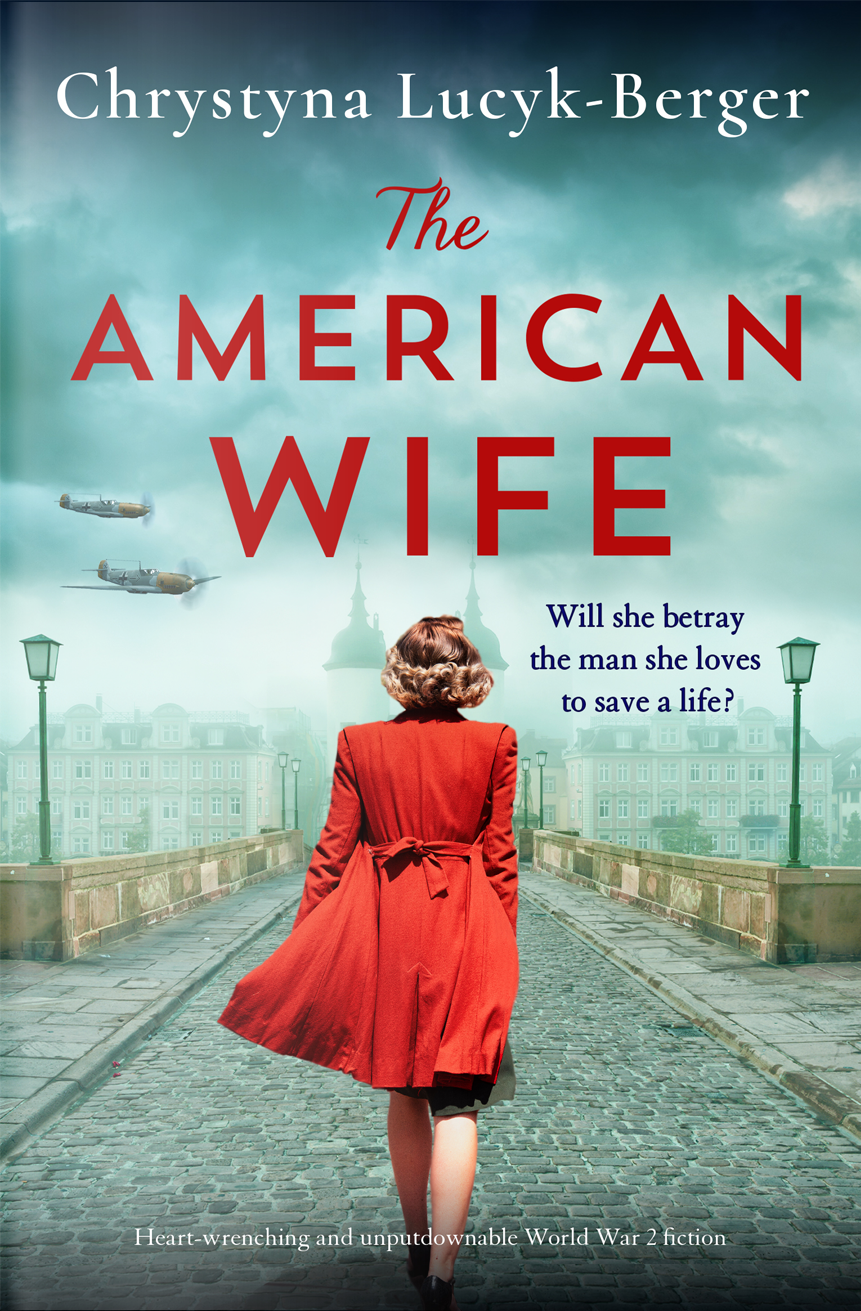CREATING KITTY – PART 3
Of the three women that I really pivoted Kitty’s story around, it was Virginia Hall that lent the most inspiration. I read A Woman of No Importance some years ago, and Hall’s story was so fascinating, that it just sat and brewed within me since.
Kitty’s parallels begin with Virginia Hall being an American woman, living and traveling abroad as the geopolitical chess match, that would lead to WW2, begins. Hall grew up in Baltimore, Maryland to an affluent family, and was an adventurer from an early age. She was also a hunter, and accidentally shot herself in the foot while climbing over a fence during a hunting trip in Smyrna (later Izmir, Turkey). It led her to wearing a prosthesis she called “Cuthbert”. She had studied in Austria, Germany and France and could speak multiple languages. Her professional career, like in Kitty’s story, began working as a consular clerk. Among many other stations, Hall worked with the US Consulate in Venice.
Hall was tenacious, and resilient, and quite a genius. She also had a very strong sense of duty, and her story as a spy begins when she landed at the doors of the SOE—Special Operations Executive in the United Kingdom. The SOE was a growing and innovative clandestine special government force meant to collect intelligence and, basically, make the Nazis’ occupation of France miserable. The handlers gave Hall the opportunity to really apply some of her greatest assets.
Hall was the first woman to be assigned by the SOE. She arrived in Vichy, France in 1941 and created the Heckler network in Lyon. It was Hall who paved the way for future radio operators, supporters, organizers of resistance movements, and supplied other agents and resistance networks with money, weapons and supplies. She also helped downed airmen to escape, using a route over the Pyrenees into Spain called the Pat Line. Despite dragging around “Cuthbert” and having a limp, Hall was able to disguise herself so much that she outfoxed and outwitted the Gestapo so often, she became one of the most wanted women in Nazi-occupied France.
But when the Nazis expanded their noose around France in late 1942, Hall herself was forced to escape to avoid capture. Though she begged the SOE to put her into a new network, they refused and hung her out to dry. It did not stop Hall. She returned to France in 1944 as a member of the Saint network but as an agent for the Americans. The budding OSS—Office of Strategic Services–would be later recognized as the mother of the CIA. Hall’s first operation with them was to help train the Maquis—the local French resistance—in preparation for the Allied landings on mainland Europe.
It is Hall’s story that lends so much to Kitty’s plotline and her character’s trajectory in An American Wife in Paris (book 2 of the series). I also designed a couple of scenes where the two women meet; Virginia Hall’s “composite” is called Guinevere. In the novel, it is Guinevere who hints at a different branch of the UK’s government now sending clandestine operators into France. Taking the hints to heart, Kitty discovers the SOE, or rather, they discover her. And when Kitty, like Virginia Hall did, narrowly escapes France, and is no longer allowed to return, Kitty calls on her father’s political contacts, and gets re-introduced to “Wild Bill” Donovan, now the head of the new American intelligence and clandestine agency (the OSS). I built William J. Donovan into the series early on, and used him in the prologue of book 2 to illustrate how the Americans were trying to stay out of the war, while very much aware that they would eventually be dragged in. When the OSS is established, Kitty eventually meets one of its initial masters towards the end: it is Allen Dulles who sets Kitty up for her most dangerous mission yet in the last installment of the series: The American Wife’s Secret.
All three of the women that inspired Kitty’s character—Muriel Gardiner, Christine Granville, and Virginia Hall—struggled to come to terms with a new world after the war. Like many women of the age, they were quickly stuffed back into ´“traditional roles”. Think of the Fifties: pearl necklaces, pillbox hats, heels while cooking dinner. Imagine you have been surviving at time on only adrenaline and your wits for months, if not years, at a time. How do you reconcile yourself with this “new world”? A world that was now running at a much slower pace?
When a new war developed—the Cold War–Virginia wanted very badly to continue working for the intelligence agency. She was regulated to a desk job. Women were not spies, after all! Certainly not women with prosthetic legs. And Virginia never allowed herself to be subservient to men. She eventually wrangled her way into a position where she assisted American agents but Stateside.
Christine Granville never came to terms with a more peaceful world and wrestled with the monotony of “real work”. She was murdered by a man in cold blood, someone who had grown obsessed with her. However Muriel Gardiner did find meaning again. She turned her energy towards working on social projects until her death in Princeton, New Jersey in 1985, where she had been working as a psychoanalyst, educator and writer.
I highly suggest A Woman of No Importance (and not the film based on the book; or better yet, get the audiobook. It’s so well done!) to learn more about Virginia Hall. Many women of the SOE put their lives on the line—and many were lost. In fact, most only lasted a couple of weeks before being arrested by Gestapo or Vichy police; most were sent to concentration camps under the Night and Fog decree by Hitler: considered spies, they were “wiped” off the face of the earth, no records left of them. Hearing Virginia Hall’s story will definitely help you to understand why I felt compelled to create Kitty Larsson and use those real-life inspirations for a page-turning read!











